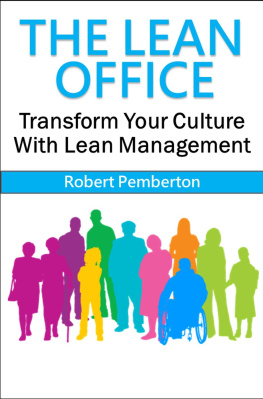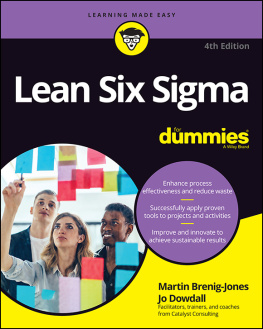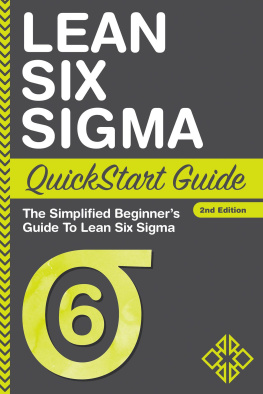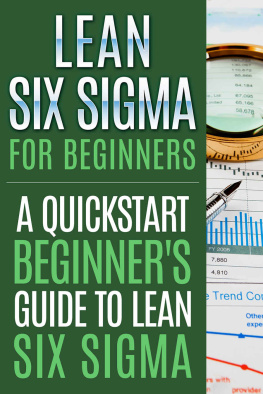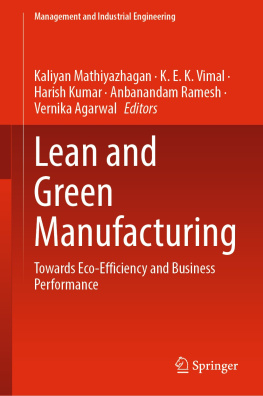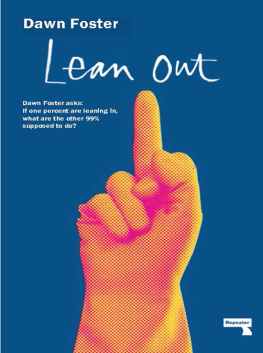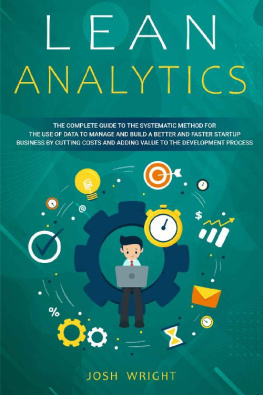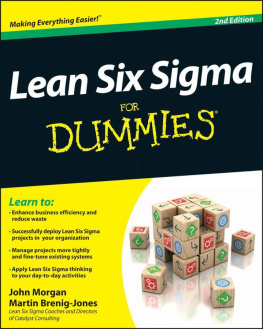Terence T. Burton - Global Kata: Success Through the Lean Business System Reference Model
Here you can read online Terence T. Burton - Global Kata: Success Through the Lean Business System Reference Model full text of the book (entire story) in english for free. Download pdf and epub, get meaning, cover and reviews about this ebook. year: 2015, publisher: McGraw-Hill Education, genre: Business. Description of the work, (preface) as well as reviews are available. Best literature library LitArk.com created for fans of good reading and offers a wide selection of genres:
Romance novel
Science fiction
Adventure
Detective
Science
History
Home and family
Prose
Art
Politics
Computer
Non-fiction
Religion
Business
Children
Humor
Choose a favorite category and find really read worthwhile books. Enjoy immersion in the world of imagination, feel the emotions of the characters or learn something new for yourself, make an fascinating discovery.

- Book:Global Kata: Success Through the Lean Business System Reference Model
- Author:
- Publisher:McGraw-Hill Education
- Genre:
- Year:2015
- Rating:3 / 5
- Favourites:Add to favourites
- Your mark:
Global Kata: Success Through the Lean Business System Reference Model: summary, description and annotation
We offer to read an annotation, description, summary or preface (depends on what the author of the book "Global Kata: Success Through the Lean Business System Reference Model" wrote himself). If you haven't found the necessary information about the book — write in the comments, we will try to find it.
The book that reinvents Lean for a new generation, a new global culture, and a new benchmark of success
Global Kata: Success Through the Lean Business System Reference Model sets a new benchmark for the evolution of Lean and strategic improvement. The book and the reference model provide a detailed road map for leading, designing, architecting, implementing, and sustaining a holistic, organization-centric and culturally grounded Lean Business System. The Lean Business System Reference Model provides the larger scale blueprint for a higher order, best-in-class, adaptive systematic process of improvement.
The reference model incorporates the leadership factors, design guidelines, systematic process architecture, best practices, and performance criteria for building a connected Lean Business System with a higher standard of behavioral alignment and cultural excellence (kata). The author provides both the advanced thought leadership and detailed implementation guidance for a higher order, enterprise-wide process of adaptive systematic improvement while integrating new Lean principles about leadership, evolving technology, innovation, transactional processes, and behavioral alignment and cultural development to create the right improvement kata thinking throughout any organization and in any country.
The author provides an excellent perspective on the current state of Lean with its focus on manufacturing tools and principles, and leads the reader through the rethinking, understanding, and integrating of all of the visible and invisible requirements for a successful adaptive systematic and sustainable management process of improvement. The Lean Business System Reference Model provides an innovative guide for organizations to advance Lean thinking and execution far beyond the production floor, and to a new level that enables the reinvention of global supply chains, new product development, cash-to-cash, acquisition integration, and other core business processes in a highly complex and technology-enabled enterprise.
A major objective of the reference model and this book is to guide organizations away from the superficial mimicking and success-limiting scope of Lean manufacturing principles and tools from other successful organizations -- and to think, innovate, expand boundaries, and become the next global Toyota organization in their own way.
Terence T. Burton: author's other books
Who wrote Global Kata: Success Through the Lean Business System Reference Model? Find out the surname, the name of the author of the book and a list of all author's works by series.

